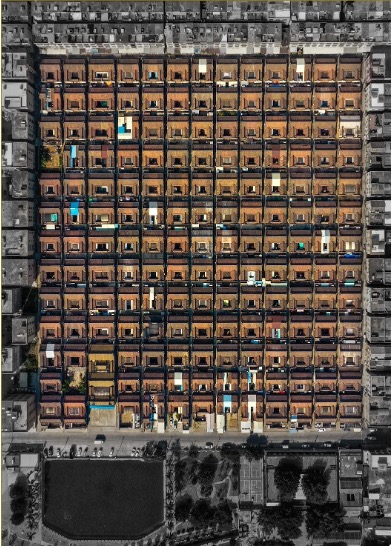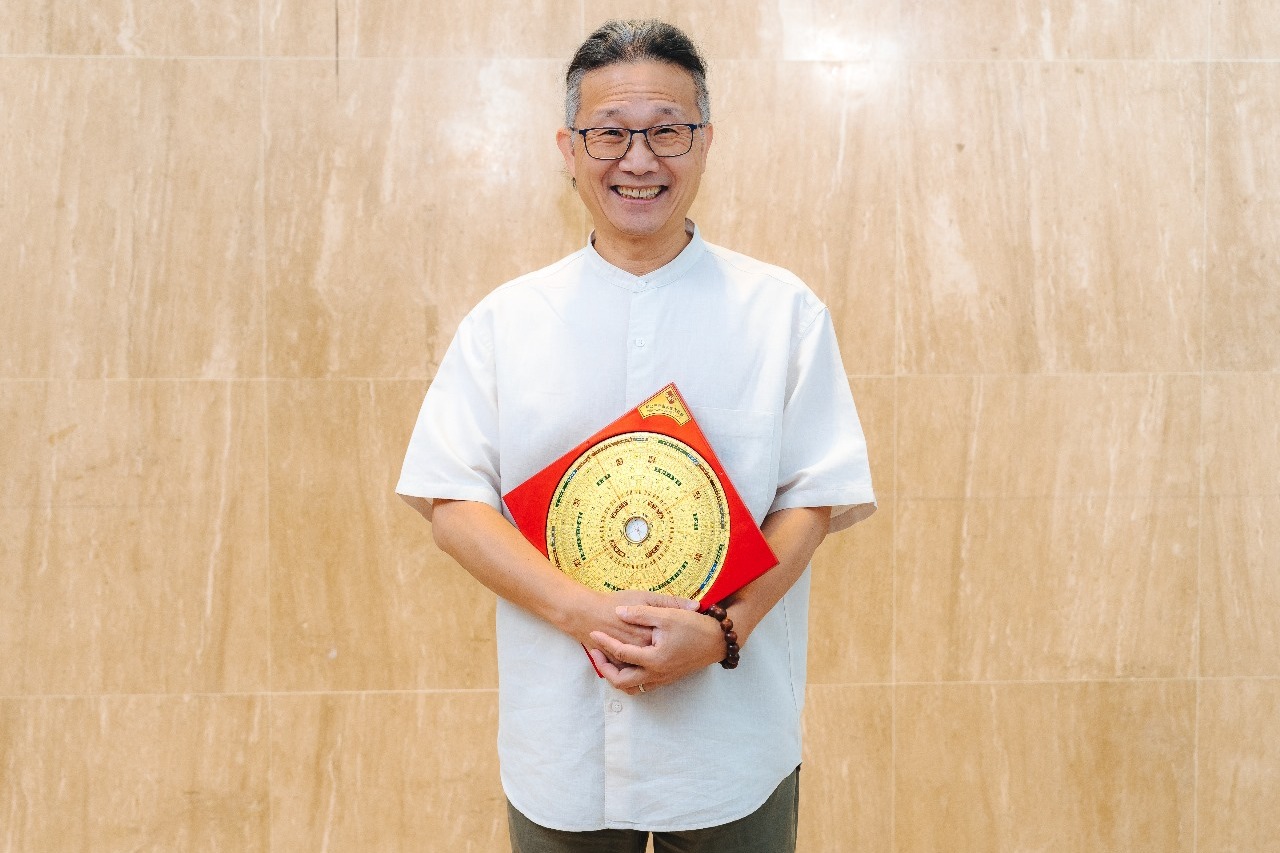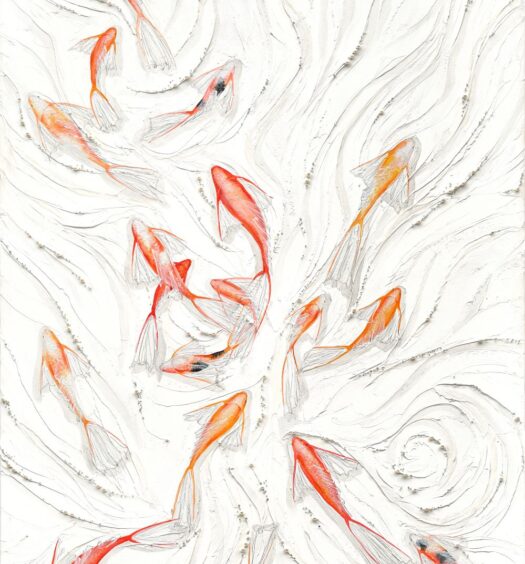If you’ve heard the term Feng Shui but not sure what it’s all about or maybe you are aware what it is but don’t quite understand it’s importance, we thought we’d take a deeper look into this with leading Australian Feng Shui expert Edgar Lok Tin Yung.
So why is Feng Shui important in designing your new luxury home? And how can you help you and your home with Feng Shui?
Unlike the in the old times, there were only a few styles of house designs, such as courtyard houses and designed homes, the feng shui elements have been already added to them. In Southern China, such as Chaoshan and Chaozhou, in these regions today, people still build houses with its original design and can be traced back to Song dynasty (960 – 1279). There is a village in Chaoshan which has over 5000 homes with the same layout, same size, same height and same design. What some would call cookie cutter homes!
It is kind of dull in today’s world. However, most of the top rich businessmen in Asian countries are from the Chaoshan and Chaozhou region. To name a few:
Hong Kong Tycoon, Li Ka-shing
Huang Guangyu (Formerly richest person in mainland China)
Ma Huateng – He is the founder, chairman and CEO of Tencent
Lien Ying Chow founder and CEO of Overseas Union Bank
Chin Sophonpanich (Parents from Chaoshan, born in Thailand), founder of Bangkok Bank
Thaksin Chinnawat’s parents were from the area near Chaozhou and under the jurisdiction of Chaozhou in past.
Nowadays, modern architects create complex living spaces. The kitchen stove, toilets, shower, basins, sinks, fridge, washing machine, laundry sink and air conditioners are all brought under one roof. All these items have their roles in Feng Shui. Feng shui literally “wind” and “water” and pronounced “fung shway”.
Most Feng Shui books mention feng shui is about practice of positioning objects to achieve harmony with nature, quietness, and balance. This isn’t wrong, however, it is just the tip of the iceberg. Traditional Feng Shui goes much deeper than that.
Genuine Feng Shui is to manipulate the “Wind” and “Water” within and around a built or to be built environment, to create good Qi or energy to support offspring (fertility), good wealth, good career and longevity. How do you manipulate wind and water? In some circumstances, if a particular site is too windy, it is hard to manipulate the wind. For example, Edgar Lok Tin Yung looks at areas such as the Docklands in Melbourne which is a very windy place. A lot of businesses change hands in a short time. Look at the history of the Melbourne Star Observation Wheel, it is not hard to see the Feng Shui impact from the wind.
In order to build a custom Feng Shui home, it starts from the selection of the site to support the future occupants. Data such as the year of the birth of all the occupants and the facing direction of the land needs to be taken into consideration. Once the ideal site has been found then designing the house to match the feng shui principles and then adding feng shui configurations to benefit the occupants.
Manipulate the “wind” by setting the location of the main entrance, side doors, stove, windows and air conditioner outlets according to the shape of the house and topography. Manipulate the “water” by setting the location of the hot water service, sinks, basins, toilets, drainage point, floor waste. There are also things that need to paid attention to such as the gas, water and power inlet to the house. Once these items are placed correctly at the design phase, then the architect or interior designer can produce whatever they client want.
The best time of implementation of feng shui into a house is at the designing phase. Therefore the feng shui settings and the designs or decor are all can be blended together.
Your home does not need to decorate like a Chinese restaurant. The best Feng Shui is after implementation of Feng Shui settings into your home yet no one will aware you have done the Feng Shui to your home. No one will see any feng shui items such as coins, crystals, flute, frogs, metal pergola and strange symbols that stick on the walls.
It is a good opportunity to incorporate feng shui with your new build at the design stage. Edgar Lok Tin Yung has been working with many architects and they are very open to the feng shui art. After seeing their client’s shine, some architects have engaged in his feng shui services as well to receive the benefits.
Trained as a traditional feng shui consultant, Edgar has a Sifu (Master) and his Sifu learned from his Sifu and his grand Sifu learned from his. They all have a lineage and can be traced back to Tong Dynasty (618-907). Edgar is a Generation Yang Gong San Yuen Yuen Gua lineage holder and 1 of only 2 with 39th generation Feng Shui Masters of this lineage outside of China.
Many people have heard about the Yin and the Yang. The Yin and Yang can be translated into “Pro and Con”, “Negative and Positive”, “Day and Night”. It also means some people believe in Feng Shui and some don’t. From the macro Feng Shui point of view, without Feng (wind) and Shui (Water), imagine what this world will become… we will no longer exist.
It is a good time to incorporate feng shui before you build your home. So that you can enjoy your current success and make an accelerated progress in the new home.
To book a consultation with Edgar, go to loktinfengshui.com.au








October 25, 2024
Fascinating article – really interesting!
October 25, 2024
Oh wow! This is really interesting!